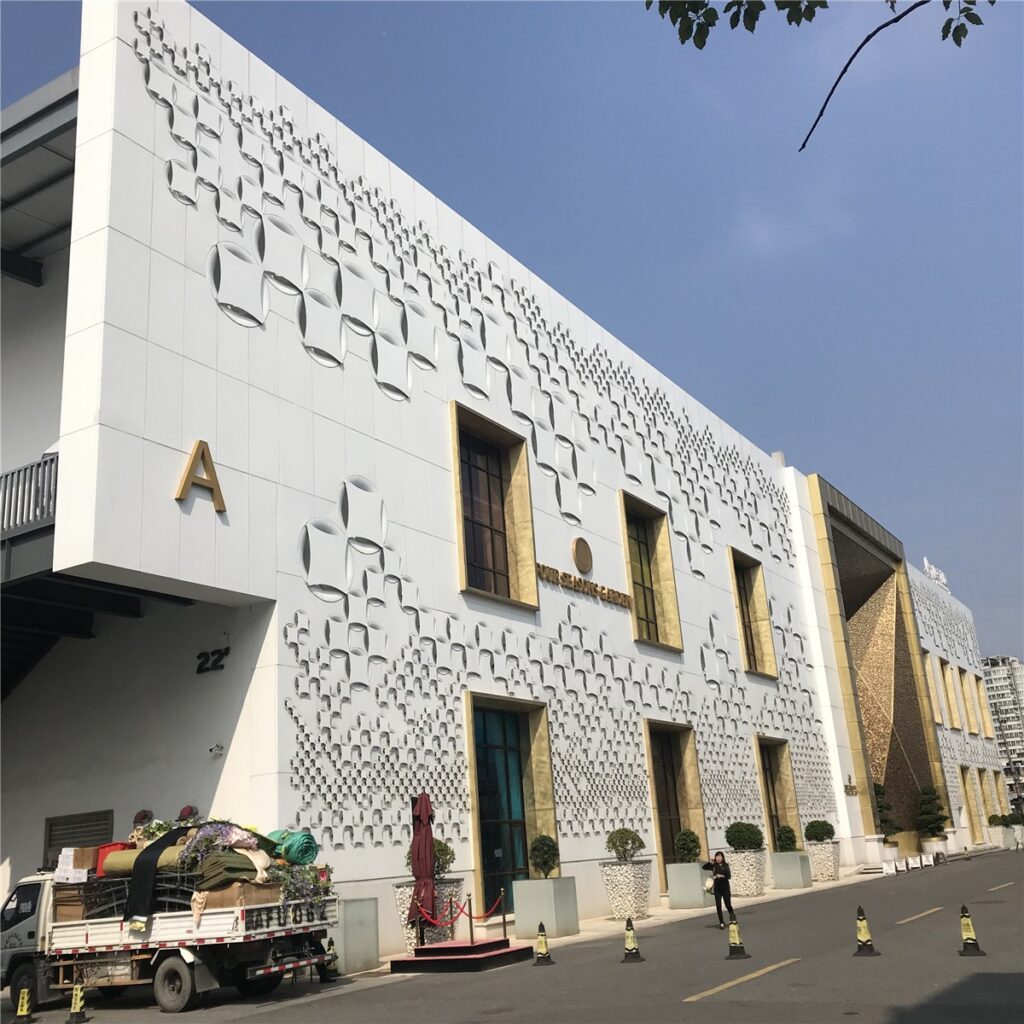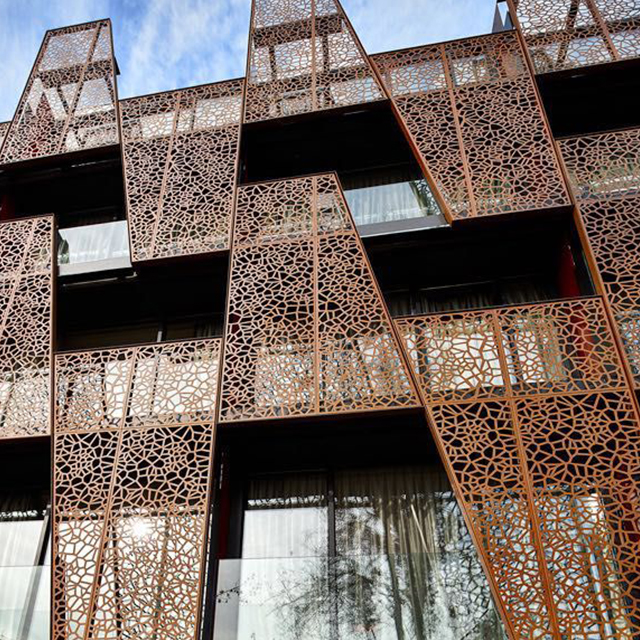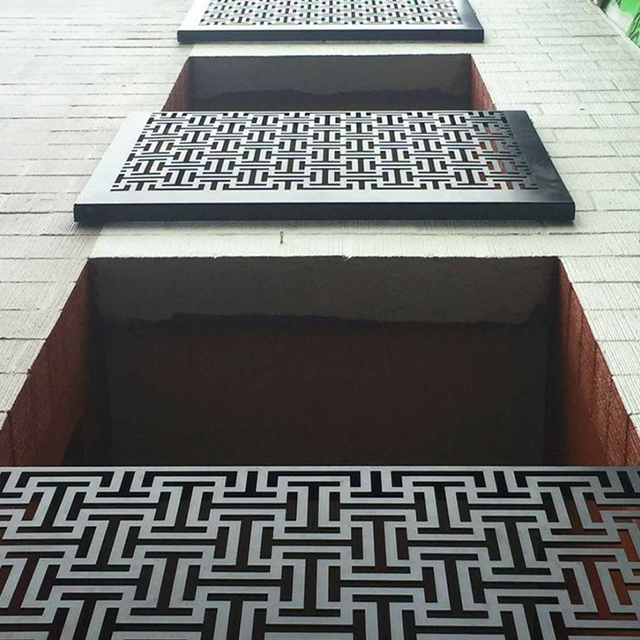Discover the importance of fire-resistant cladding materials in modern construction. Learn about their benefits, applications, and why they’re essential for building safety. Explore more at Likton Metal.
In the wake of high-profile building fires, the importance of fire-resistant cladding materials has become a top priority for architects, builders, and regulators. These materials not only enhance the safety of buildings but also comply with stringent fire safety standards. This article explores the benefits, applications, and future trends of fire-resistant cladding materials in modern construction.

1. What Are Fire-Resistant Cladding Materials?
Fire-resistant cladding materials are designed to prevent or slow the spread of fire, providing critical protection for buildings and their occupants. These materials are typically made from non-combustible substances like aluminum composite panels with mineral cores, ceramic fibers, or treated wood.
Example: Aluminum composite panels (ACPs) with a fire-resistant mineral core are widely used in high-rise buildings to meet fire safety regulations.
Learn more about fire-resistant materials: National Fire Protection Association (NFPA)
2. Benefits of Fire-Resistant Cladding Materials
- Enhanced Safety: Fire-resistant cladding prevents the rapid spread of flames, giving occupants more time to evacuate and firefighters more time to respond.
- Compliance with Regulations: Using fire-resistant materials ensures compliance with building codes and fire safety standards.
- Durability: These materials are often resistant to weather, corrosion, and UV rays, ensuring long-term performance.
- Aesthetic Versatility: Fire-resistant cladding is available in a variety of finishes and colors, allowing for both safety and design flexibility.
Explore the benefits of fire-resistant construction: ArchDaily
3. Applications of Fire-Resistant Cladding Materials
- High-Rise Buildings: Fire-resistant cladding is essential for skyscrapers and apartment complexes to prevent vertical fire spread.
- Commercial Spaces: Offices, shopping malls, and hospitals use fire-resistant cladding to protect occupants and assets.
- Industrial Facilities: Factories and warehouses benefit from the added safety of fire-resistant materials.
- Public Buildings: Schools, airports, and government buildings prioritize fire-resistant cladding for public safety.
See examples of fire-resistant cladding in architecture: Dezeen
4. Sustainability and Environmental Impact
Many fire-resistant cladding materials are made from recyclable or sustainable sources, making them an eco-friendly choice for modern construction. Additionally, their durability reduces the need for frequent replacements, minimizing waste.
Example: The use of fire-resistant aluminum composite panels in green-certified buildings demonstrates how safety and sustainability can go hand in hand.
Read about sustainable fire-resistant materials: World Green Building Council
5. Future Trends in Fire-Resistant Cladding
As fire safety regulations become stricter, the demand for advanced fire-resistant cladding materials is growing. Innovations such as intumescent coatings, which expand when exposed to heat, and smart cladding systems with integrated fire sensors are shaping the future of building safety.
Learn about the latest trends in fire-resistant materials: Building Design + Construction
Conclusion
Fire-resistant cladding materials are a critical component of modern construction, ensuring the safety of buildings and their occupants while complying with stringent regulations. Their durability, aesthetic versatility, and sustainability make them a smart choice for architects and builders.
If you’re looking for high-quality fire-resistant cladding materials, visit Likton Metal to explore our range of products and solutions. Have questions or need a quote? Contact us today for expert advice and personalized service!

